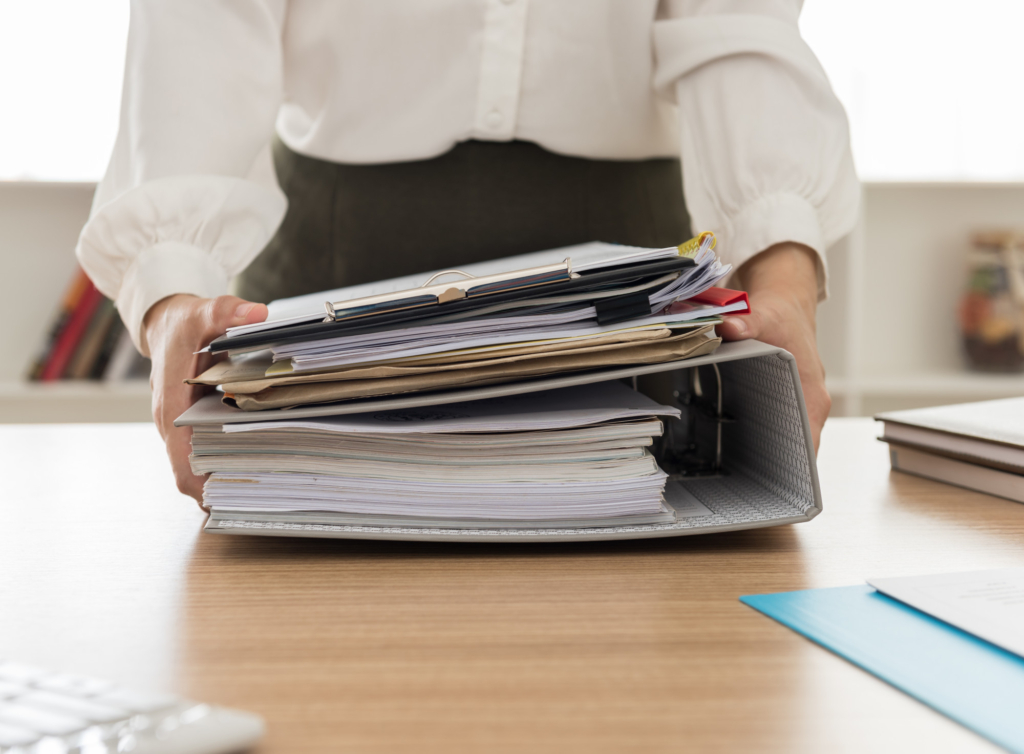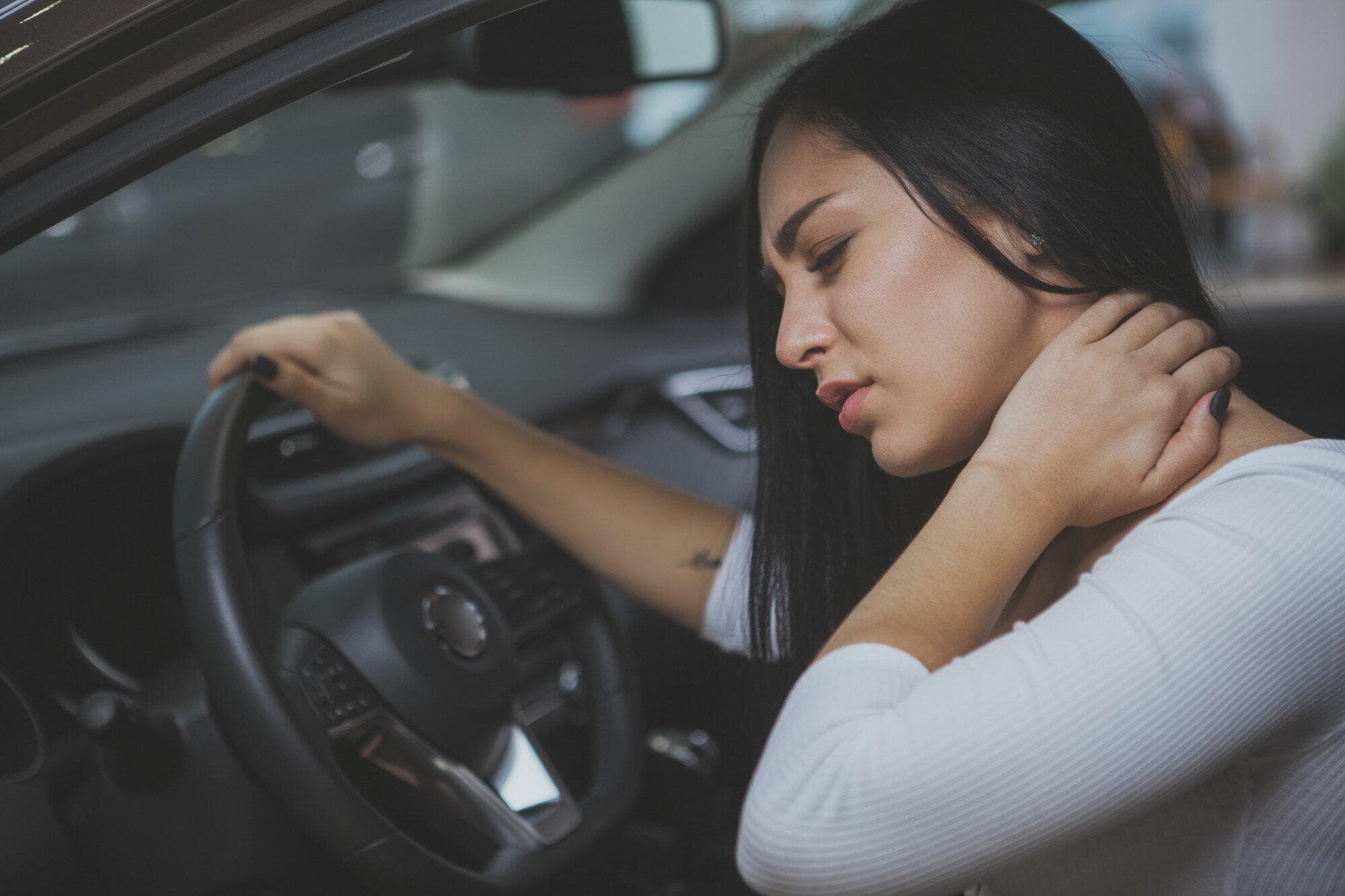
According to the Centers for Disease Control and Prevention (CDC) roughly 24.8 million Americans visit their physicians each year as the result of an unintentional injury. When that injury occurs at the fault of someone else, you could receive compensation to help cover your physical and financial damages. A personal injury attorney can help you pinpoint liability and hold those parties responsible for covering those costs. When you meet with your lawyer, it’s important to be prepared with the right information. Today, we’re sharing the personal accident documents to bring with you, and how each one relates to your case.
1. Your Medical Records
There is arguably no greater evidence of the pain and suffering you’ve endured as a result of your injury than your medical records. These documents will clearly show when first you visited your physician for treatment, as well as any follow-up surgeries, visits, or treatments you’ve experienced.
This is why it’s so important to visit your doctor immediately following your injury, even if you feel physically fine. There are many types of injuries, including soft-tissue ones, that aren’t immediately visible or noticeable until a few hours or even a few days later.
Your lawyer will need to see that you’ve scheduled and attended all required physician visits. Not only do these serve as powerful evidence for your case, but they can also indicate that you’ve acted within your state’s statute of limitations. Note that your attorney does not need your full, lifelong medical history, but they do need access to all records that are relevant to your injury.
2. Photos and Videos of the Injury
Any type of evidence that you can supply is valuable, but photos and videos can speak volumes. This includes images of the scene of the accident, as well as the injury itself. You can’t record these images in retrospect, but if you’re physically capable of capturing the environment right after the accident, be sure to do so.
If possible, take photos with timestamps, especially if you’re recording the progression of your healing. This way there will be no questions as to the validity of your timeline. Often, these timestamps will automatically populate on smartphone photos.
3. Witness Information
Were there any witnesses around at the scene of the accident? If so, it’s important to ask them for their contact information. You can give this data to your personal injury lawyer, who will then contact those witnesses for follow-up.
Often, the specific details of a personal injury accident can be blurry for those involved. It might have happened very quickly, or you might have experienced an injury that blocks certain events from your memory. This is where a witness report can be invaluable.
These individuals can help shed light on the events that happened immediately before, during, and after your injury. Often, statements from witnesses are the linchpin your lawyer needs to prove liability and strengthen your case.
4. The Police Report
If you experienced an injury that someone else caused, then it’s important to file a police report as soon as possible. This way, the incident will on record and the police can begin investigating, if necessary.
The police report will include critical details about the case, including witness statements, photos, contact information, and more. If you do not have a copy, then you can usually request on through the police department. For instance, Sacramento residents can go here to make a request.
5. Financial Records
Your lawyer will need to know how much money you’ve lost (and will continue to lose) as a result of your personal injury. In addition to your medical bills, you can also bring work-related documents if your injury forced you to miss work and pay.
Documents such as your payroll form and your W2 can show exactly when you started to miss work, and how much money you subsequently lost. In addition, don’t forget to account for any property damages you’ve experienced and paid for, such as repairs made to your vehicle.
6. Insurance Documents
To file your personal injury case, your lawyer will need as much relevant insurance information as possible. This includes details about your own insurance, as well as the liable party’s. If the accident occurred at work, then they will also need information on your employer’s insurance policy.
While you might not have all of these plans in front of you, at least bring what you do have, along with contact information for the other parties. Insurance negotiation can be a complicated process, so it helps to be prepared.
7. Your Personal Timeline and Account
As soon as you feel capable enough to do so, go ahead and write down as much as you can about the accident. Dictate the timeline of events as you recall them, along with all of the ways that the event impacted your life.
Personal injury cases can be long-winding, and details can become murky as time goes on. The sooner you can record your version of events, the better. Bring these notes to your personal injury lawyer to help organize your thoughts and keep the conversation on track.
Keep These Personal Accident Documents Nearby
You don’t have to fight a personal injury case on your own. As soon as possible, reach out to a qualified local attorney to represent your case and make sure you receive the compensation you deserve.
When you meet with your legal team for the first time, remember to bring these important personal accident documents with you. They can serve as valuable records of the events that occurred, the parties who were involved, and the damages you’ve suffered.
If you need an experienced personal injury attorney by your side, we’re here to help. Contact us today for a free consultation and let’s get started.

![Horrific 2-Car Crash on US 50 Left 2 Minors Hurt [Lyon County, NV]](https://cdn-sweetlaw3.pressidium.com/wp-content/uploads/2024/03/how-do-police-determine-fault-in-an-accident.jpeg)
![Disastrous 2-Vehicle Crash Near Bell Road Injures 2 Motorcyclists [Surprise, AZ]](https://cdn-sweetlaw3.pressidium.com/wp-content/uploads/2024/03/semi-truck-crash.jpeg)

